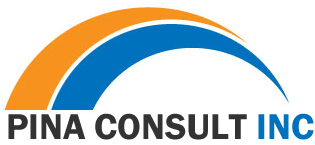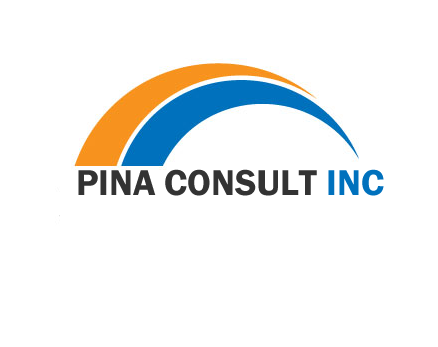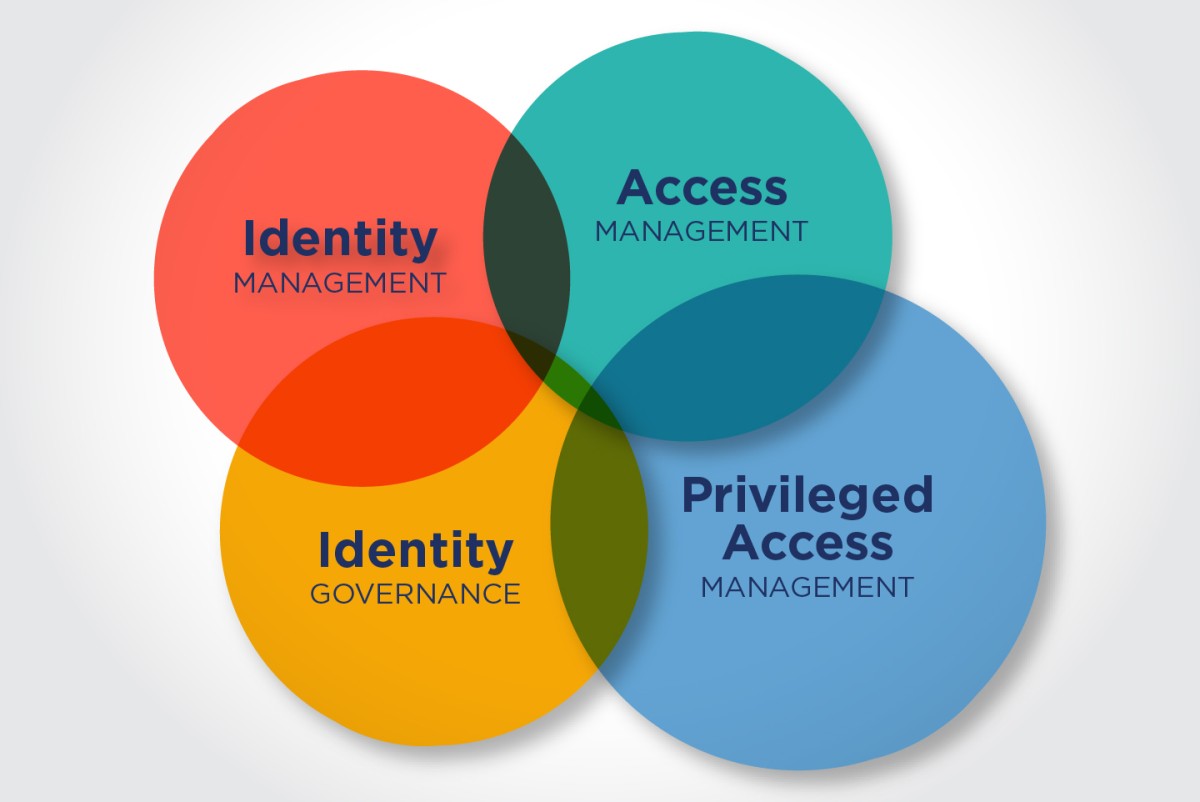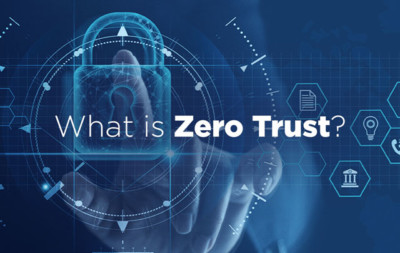Don’t you wish you could pay only for the storage you use, the way you pay for utility services? Maybe you want more flexibility to add capacity to your storage infrastructure only when you need it? Many people are examining the benefits of storage as a service model, but why? The question may be, why not?
The adoption of Storage as a Service (STaaS) is growing rapidly, and many reasons illustrate why businesses are choosing this model. Business success and growth depend on performance, scalability and agility, while fast-growing applications demand greater storage space. Plus, organizations are trying to do more with less, demanding lower costs and greater use of cloud resources with better customer service. The way organizations have managed, scaled and purchased storage just isn’t working for them anymore, especially as storage managers struggle to meet service level agreements (SLAs) for performance and agility. Some existing storage environments prove to be challenging as organizations grapple with ways to ensure compliance with specific regulations like GDPR, HIPAA or SOC-2. Whatever the reason, it’s STaaS that’s giving organizations confidence in their storage to scale and perform as needed, while optimizing cost.
As we try to answer the “why not?” question, check out these three benefits of adopting Storage as a Service (STaaS):
1. Consumption
What do we mean by storage as a consumption model? Instead of treating storage as a capital expenditure like companies have in the past, you can use it as an operating expense, paying only for the capacity you use. With this model, storage providers are responsible for storing their clients’ data, which can be accessed on-demand using the provider’s software. Some vendors allow companies to purchase the storage capacity they use with a predictable pricing model, without having to lease storage for years in advance.
2. Scalability
As your storage needs change, you can scale up and out with STaaS. Scaling up means adding expansion units to your storage system as your data needs increase. Scaling out allows you to add more nodes to your infrastructure, resulting in increased performance and enabling your storage system to do more work in less time. Greater scalability means the ability to manage the exponential growth of data being created by the Internet of Things (IoT), videos, photos, files and apps. The flexibility to add more storage space to your system brings added value to handling your diverse workloads and ensures that your infrastructure can endure the data requirements of the future. It allows you to accommodate additional workload volume without having to modify the entire infrastructure.
3. Cloud-friendly
Cloud data platforms provide the speed, performance, and scalability required to handle the unprecedented growth of data and offer the perfect place to process data in real time to keep businesses running 24x7x365. Some clients may prefer to use a hybrid solution that simplifies management of data and apps across both cloud and on-premises environments.
Not for all shapes and sizes
Whether you want to store data on- or off-prem, STaaS is not a one-size-fits-all approach. The highly certified storage and cloud consultants at Sirius can solve for your unique needs and implement a storage solution that is specifically tailored to your organization. Our storage architects and engineers provide theoretical and practical guidance from planning to implementation to management of your data ecosystem. Sirius’ technical resources understand the capabilities of each storage manufacturer, ensuring that we meet your performance and capacity requirements with the proper solution for your budget. STaaS also doesn’t mean giving up the ability to manage the physical storage array. You can continue to manage your storage. If you’re looking for added help managing storage, Sirius Managed Services provides 24x7x365 support to augment your team to focus on your business.
If you are looking to increase the performance of your storage environment and want a solution to help you streamline your operations and manage your data, connect with a Sirius representative today or visit our Managed Services for STaaS webpage to take a free assessment to identify the best storage solution tailored to your organization.






